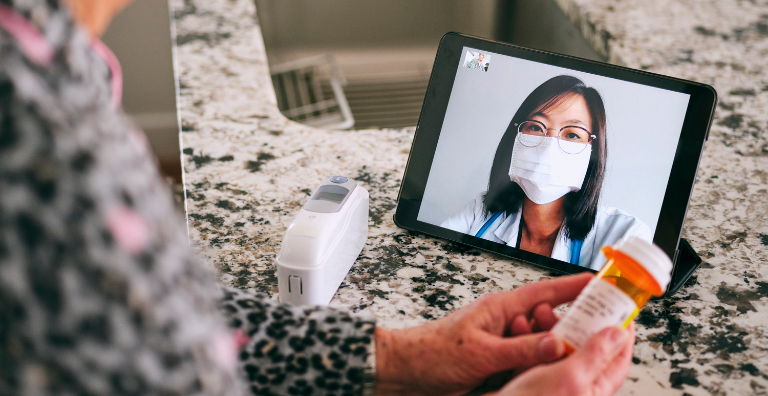Telehealth Means Better, Safer Care — and Complex Challenges
There’s been a rise in all things remote in the past few years as more people stay safe and stay at home to work, shop, socialize and even manage their health. As healthcare providers step into this brave new world of remote care, they face several challenges — the greatest of these is security. It’s no wonder; more usage means more problems, and the U.S Centers for Disease Control and Prevention reported a 154% increase in telehealth visits in one month last year alone.
Our recent executive brief takes a deeper look into the security challenges of telehealth, like balancing patient security with user experience, licensure rights for out of state care and, of course, data security. Healthcare providers are privy to a host confidential information and need access to the most sensitive patient data to do their jobs well. This information is gold in the hands of cybercriminals, who could easily use the data to steal a patient’s identity — all with the unwitting help of a well-intentioned physician. How can providers keep that information secure while practicing remotely?
Thankfully, there are solutions that allow for a better patient experience and improved security. Some solutions work by leveraging existing infrastructure in new ways — like using a provider’s federally mandated picture ID badge for secure single sign-on to digital spaces. Other solutions use patient verification processes to accurately identify patients and avoid fraud.
Ready to learn how providers and patients can stay secure while staying home? Read our executive brief, New Ways to Think About Delivering Telehealth with Convenience and Compliance: How Identity Verification Technology Is Changing the Face of Telehealth.
Oriol Turro is a Business Development Manager at HID Global.
